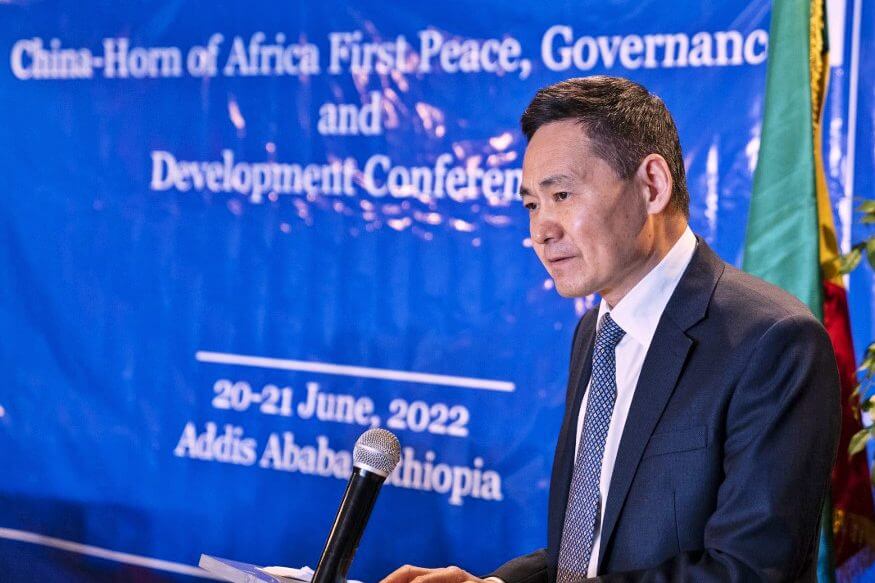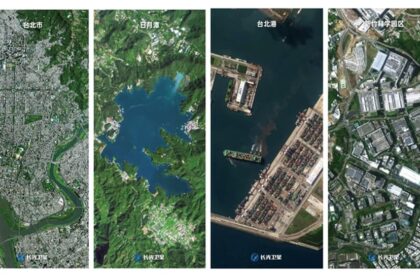China’s Expanding Role in Global Conflict Mediation
China is rapidly emerging as a key player in international conflict mediation, a dramatic shift from its historical stance of non-interference. Once content to observe from the sidelines, Beijing now hosts negotiations, proposes peace plans, and even deploys personnel to oversee ceasefires. This transformation is driven by China’s expanding economic and security interests, which now span the globe and require a more active approach to safeguarding trade, investments, and the safety of its citizens abroad.
China’s involvement in United Nations peacekeeping has grown significantly, with the country now providing more troops than any other permanent member of the Security Council. This increased engagement reflects a broader ambition: to position China as a leader of the Global South and a shaper of new international norms that emphasize dialogue, non-interference, and cooperation.
From Reluctance to Leadership: Key Examples
China’s first major foray into multilateral mediation came with the six-party talks on North Korea’s nuclear program in 2003. While Beijing lacked coercive leverage over Pyongyang, it played a crucial role as a convenor, urging both North Korea and the United States to address each other’s security concerns. This approach, summarized in the phrase “persuading for peace and promoting dialogue,” has since become a hallmark of China’s diplomatic style.
More recently, China has facilitated high-profile agreements such as the 2023 Saudi-Iran rapprochement. While both sides were already moving toward improved relations, China’s behind-the-scenes engagement helped secure a tactical diplomatic win, boosting its reputation in the Middle East with limited risk.
In Myanmar, China brokered a ceasefire between the military junta and the Myanmar National Democratic Alliance Army, even dispatching a monitoring team to supervise enforcement—a notable departure from its traditional non-interference policy. This move underscores how China’s mediation efforts are often rooted in its own economic and security imperatives, such as securing access to rare earth minerals vital for its technology sector.
China’s Mediation Philosophy: Harmony Over Hegemony
China’s approach to conflict resolution differs markedly from Western models. Rather than imposing solutions or demanding governance reforms, Beijing emphasizes facilitation, flexible processes, and economic incentives. This philosophy draws on Confucian concepts of “harmony” and “relationship,” prioritizing trust, mutual benefit, and the quiet management of tensions over public adjudication or moralizing.
China’s Global Security Initiative, launched in 2022, encapsulates these principles. While rich in rhetoric, the initiative remains deliberately vague in substance, signaling Beijing’s desire to reshape security diplomacy around its own set of global norms. This approach is particularly attractive to many countries in the Global South, who see it as an alternative to Western interventionist models.
Institutional Ambitions: The International Organization for Mediation (IOMed)
In a bid to institutionalize its mediation role, China recently established the International Organization for Mediation (IOMed) in Hong Kong. With over 30 founding nations, including Pakistan, Indonesia, and Belarus, IOMed aims to provide a platform for resolving disputes through non-judicial means. The organization is positioned as a rival to Western-led institutions like the International Court of Justice (ICJ), offering what Chinese officials describe as “Chinese wisdom” and a focus on amicable solutions rather than zero-sum outcomes.
However, the success of IOMed will depend on its ability to attract widespread participation and demonstrate genuine independence. While some countries view it as a welcome alternative, others remain cautious about arbitration in a Chinese-controlled venue, especially in the context of Belt and Road Initiative (BRI) projects.
Strategic Opportunities and Challenges
Global events have created openings for China to expand its mediation role. The retreat of sustained U.S. engagement under President Donald Trump, combined with ongoing conflicts from Ukraine to Gaza, has increased the demand for effective mediators. China has responded by issuing joint peace proposals, such as those with Brazil on the Ukraine conflict, and by engaging in shuttle diplomacy across the Global South.
Yet, China’s efforts are not without skepticism. Western analysts question Beijing’s impartiality, especially given its close ties to Russia and its own strategic interests in many of the conflicts it seeks to mediate. Critics argue that China’s “neutrality” is often more rhetorical than real, and that its mediation style may reflect limited experience as much as deliberate philosophy.
Case Study: Mediation in Afghanistan and Pakistan
China’s recent mediation between Afghanistan and Pakistan illustrates both its growing influence and the complexity of its interests. In May, China hosted talks that led to the restoration of diplomatic ties between the two countries and invited Afghanistan to join the China-Pakistan Economic Corridor (CPEC). This breakthrough was driven by converging interests: Afghanistan’s need for investment, Pakistan’s desire for border stability, and China’s concern over militant attacks on its infrastructure projects.
While the agreement marks a diplomatic success, its long-term effectiveness remains uncertain. The Taliban’s willingness to curb cross-border militancy is untested, and local skepticism toward outside influence persists. Nonetheless, the deal highlights China’s ability to leverage its economic clout and diplomatic channels to broker agreements in volatile regions.
The Test of Credibility: Can China Deliver?
As China’s global footprint grows, so does the scrutiny of its mediation efforts. Unlike the U.S. or European Union, which have decades of experience in complex peace processes, China is still relatively new to the arena. Its ability to manage post-conflict institution-building, transitional justice, and the implementation of fragile agreements remains unproven.
Experts argue that China’s effectiveness as a mediator will depend on three key factors:
- Building trust with all parties involved
- Being transparent about where its interests align or diverge from those in conflict
- Demonstrating persistence and impartiality in pursuit of lasting agreements
As the world becomes more multipolar and traditional Western leadership evolves, China’s ambition to reshape the global mediation order faces both opportunities and challenges. The coming years will reveal whether Beijing can turn its diplomatic ambitions into meaningful, lasting peace—or whether its efforts will be seen as performative and self-serving.
In Summary
- China has shifted from non-interference to active global conflict mediation, driven by expanding interests.
- Its approach emphasizes dialogue, non-interference, and economic incentives, contrasting with Western models.
- The creation of IOMed in Hong Kong signals China’s ambition to institutionalize its mediation role.
- Recent successes, such as the Saudi-Iran agreement and Afghanistan-Pakistan talks, highlight both potential and limitations.
- China’s credibility as a mediator will depend on its ability to build trust, act transparently, and deliver lasting results.












